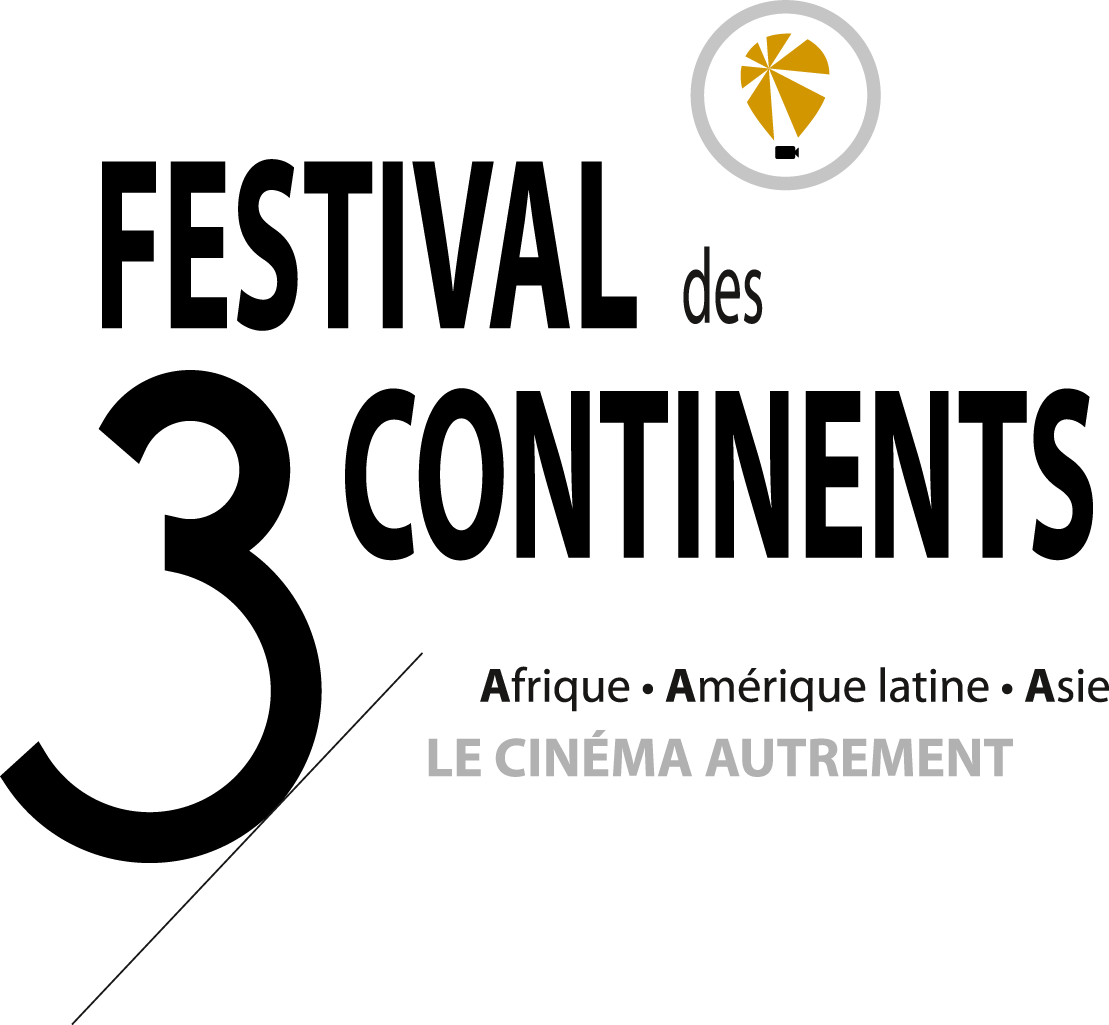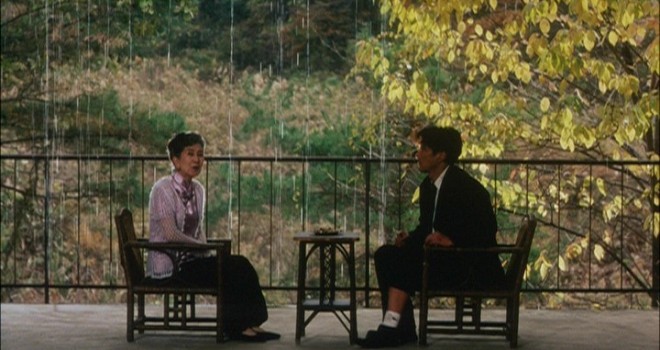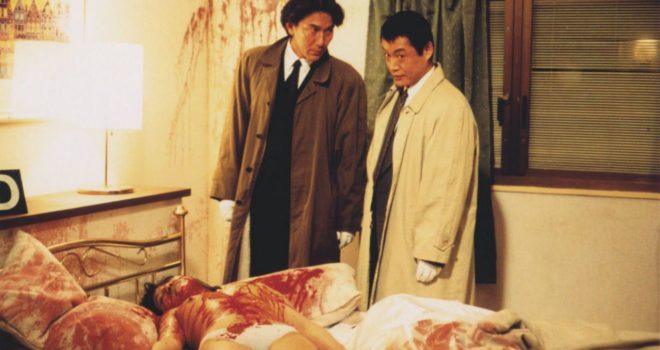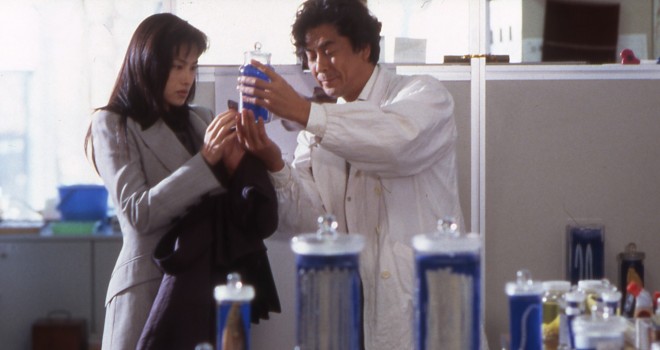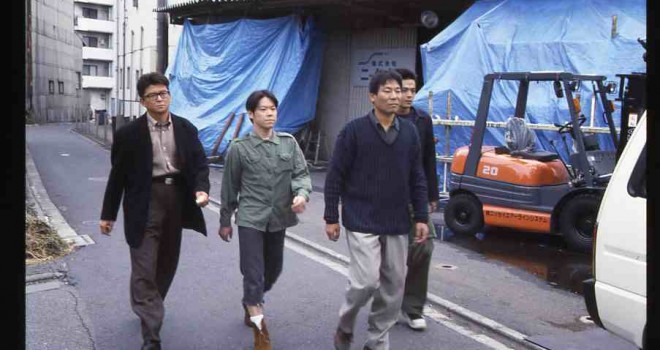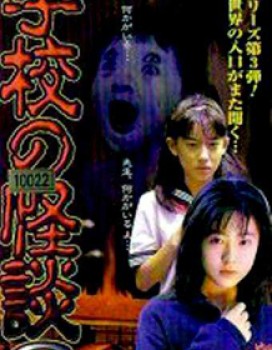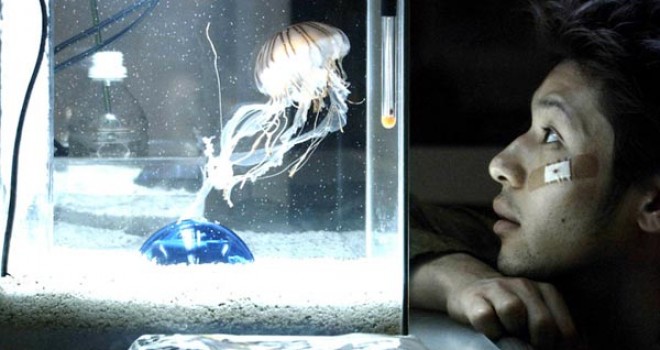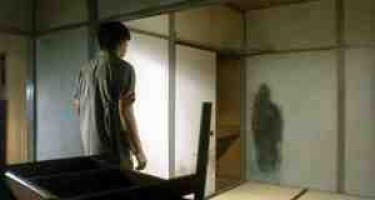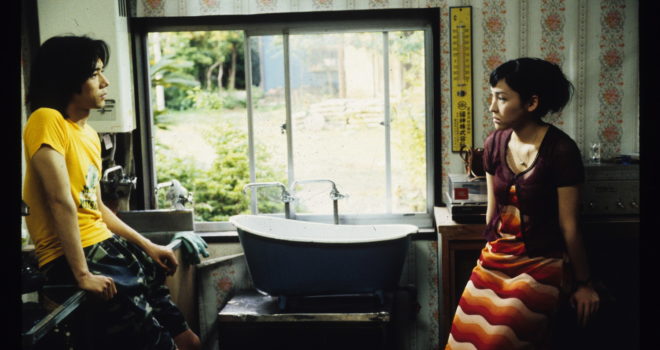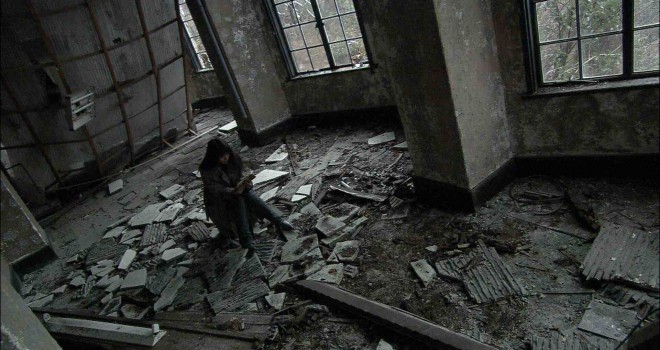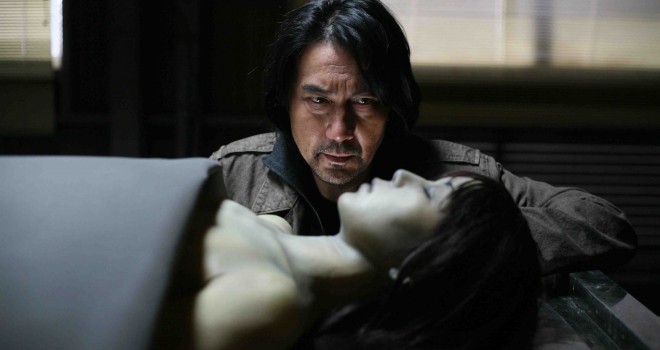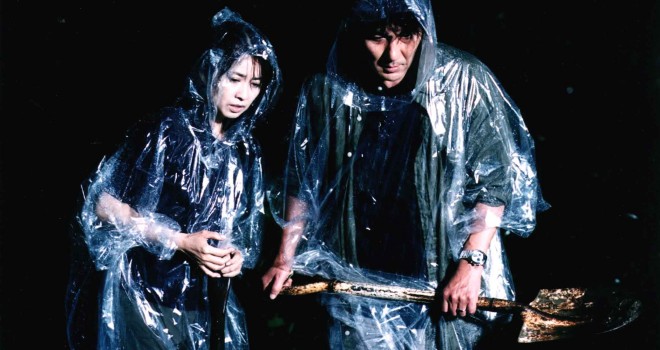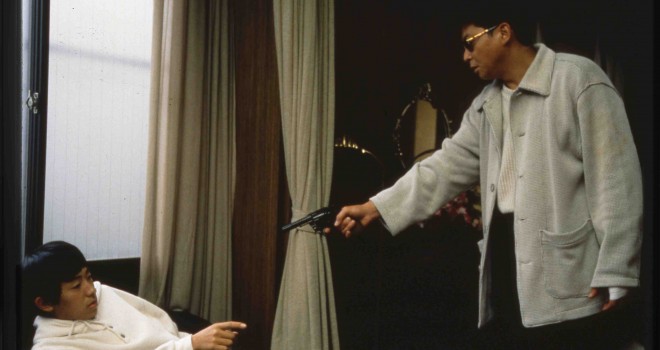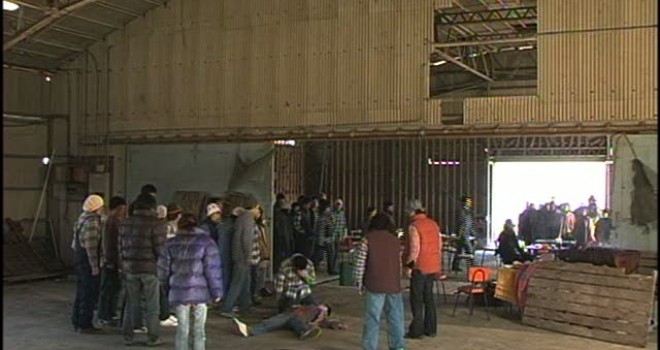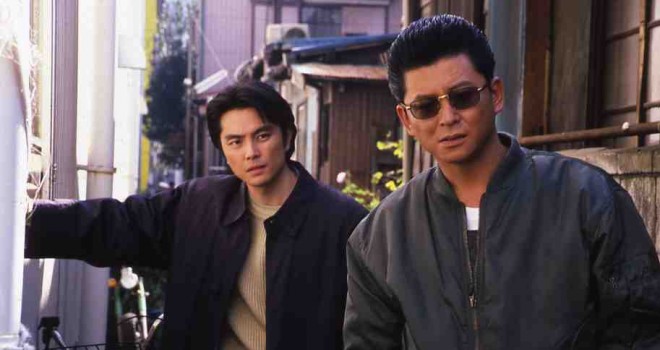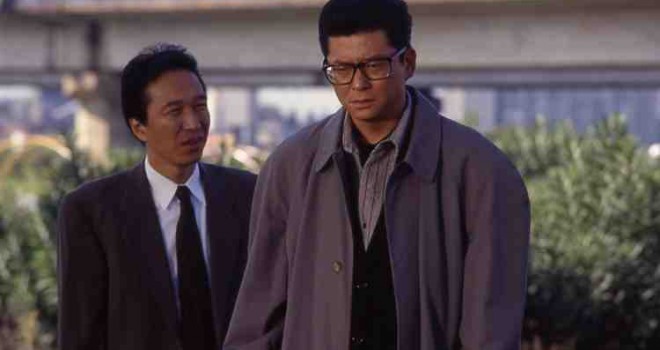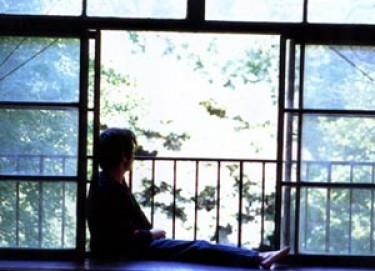Today the Japanese director Kiyoshi Kurosawa is a landmark independent filmmaker yet we must say that the presentation and recognition of his work – even though boosted in recent years- has not yet found the international broadcast that matches neither his talent nor the originality of his films. Born in 1955, Kiyoshi Kurosawa started off working on low-budget genre movies where he nevertheless asserted a style that made him gradually abandon the status of a clever artisan to settle into that of a full-fledged author. Long confined to the genre film an imperative that he has never denied, his extensive filmography (30 films sustained over 25-year career) was set out on less defined cinematic rules. Kurosawa continued making horror and ghost B-movies while escaping at times towards a more fantastic based film approach. Within these different frameworks, he has been digging on his favorite themes, the pessimistic radiograph of a diminished Japan, the weight of neurotic marriage relationships. More importantly, by the overwhelming intensity of his staging and an undeniable genius for framing and light he has emerged as one of greatest artists of his time.
Kurosawa’s trajectory encourages us to consider his work on two levels: through the prism of gender, first, to shudder or ride the spell of his most eerie movies but also to let us be overwhelmed by something more essential that makes a stand on the fascinating power of cinema, ghosts or not. Like all great filmmakers Kurosawa films through it a certain state of reality, a limit state, as if reality was pushed into a corner and unveiling its opposite – its unreal truth, its real unreality. Nothing is really natural here, and yet what Kurosawa films is at the essence of things, which beat under the skin of the real pulse of the world. A world put under hypnosis, revealed. “Cinema gets closer and closer to fantasy,” said Antonin Artaud, this ongoing fantasy that more and more we actually apprehend as the state of things as they actually exist “( Sorcellerie et cinéma, 1927). What style, for such unveiling? By his framing Kurosawa resembles the key issues that exerts a pull on all things like a hole in the sheets of reality through which it will be sucked in. Thus arises the feeling that each image of each film is carried by a pure anxiety – at least here is a possible formulation of what, often from the first scenes of Kurosawa’s films, strikes like lightning.
Unnoticed in the West before 1999, the filmmaker’s work has subsequently been established by its presence in major international festivals (Rotterdam, Berlin and Cannes, Official Competition with Jellyfish or in Un Certain Regard Tokyo Sonata which won the Jury Prize in 2008) as well as the theatrical distribution of some of his films. However, his work remains to be discovered unfittingly the confidentiality of such theatrical releases has not made his films accessible to a wider audience. Already in 1999, the Festival des 3 Continents had selected Kiyoshi Kurosawa’s film License to Live. After that, two other of his films were shown in Nantes in 2008: Tokyo Sonata (Official Selection, Out of Competition) and Doppelgänger, in the category “« A l’heure du genre ». This year, the Festival des 3 Continents wishes to pay tribute to Kiyoshi Kurosawa by showcasing a program that will emphasize on the permanence of the filmmaker’s trademark and this across gender barriers.
“…Kurosawa films is at the essence of things, which beat under the skin of the real pulse of the world.”
Composed with the filmmaker’s collaboration this program goes back to Door 3, a horror film made in 1996, which anticipates major successes such as Séance (2000) and Retribution (2006). This is the last film Kurosawa shoots before something changes a year later while doing one of those low-budget B-movie written, shot and edited in a few weeks, The Revenge: The scar that never disappears which is by the filmmaker’s own admission[1], a hinge film which allowed him to “find his style. The Revenge: A Fatal visitor, Eyes of the spider and Snake’s path, three other films shoot in 1997-1998, gives us a good idea of what, at the time, was already emerging: leaning on the effectiveness-rule which necessarily governs staging, a parallel thought develops where the frame stretching-out almost to the boundaries of abstraction, multiplying the figures of confinement and reducing the world to a desaturated background, leved-off. It is however with Cure (1997), which two years later will become his first film distributed in France, that the filmmaker actually seems to reach the milestone. This supernatural thriller already displays Kurosawa’s trademark: to show how the emotional state of a murky character colors the world around them. On this occasion he works for the first time with the leading actor Koji Yakusho (that we have also seen in Imamura, Aoyama, Oguri…), that will become his favorite actor, that on more than a few occasions is going to jump into the worn-out costume of a strung-out man, in the throes of hallucinations that accompany him all through the tunnel of torments that he seems to traverse from film to film.
On the threshold of the 2000s, Kurosawa suddenly departs with gender codes, transferring on the surprising and one-of-the-kind tales his knowledge of lights, frames, backgrounds, and the sounds that he forever seems to have barrowed from the silence of the night in which his images bathe. This is the time of License to Live (1998), Vaine illusion (1999) and especially the bewitching Charisma (1999): three films impossible to sum up, impossible to classify, spaced-out, in an almost comatose-state somewhere between chaos, vacillating modernity and burlesque coldness, a kind of sleepwalker’s dream. Evasive meditations in which, later on the sensual vertigo of Jellyfish will plunge into (2003, presented here in its full-length version). However, Kurosawa does not leave the shores of genre, with Kairo (2001) undoubtedly one of the greatest films of the 2000s, he is at the peak of his work. It may well be thought this apocalyptic course that we can better measure the concern that two other ghost films, Meeting and Retribution, will never die-down to. What is it? A fear that the whole world, by dint of being heckled by the alienation that lurks around us (the real political dimension of this cinema traumatized by some social disruptions of which the Aum attacks in 1995 were the radical translation and haunted by the possible disruption of the natural laws of living together), the whole world collapses, disintegrated into brittle flakes. Whether, as snow melts on asphalt, swallowed-up by a swarming entirety, a backstage world strangled by screams. Figuration of this giddy by how insane style of Kurosawa, it does not return easily. Stunned by his films, sometimes we feel the earth open beneath our feet. Therefore we must discover the fascinating and profound uniqueness of this cinema, simply in order not to sleep soundly.
Jean-Philippe Tessé
[1] cf. « Le monde tremble », Conversation with Kiyoshi Kurosawa, Cahiers du cinéma, n°643, mars 2009
